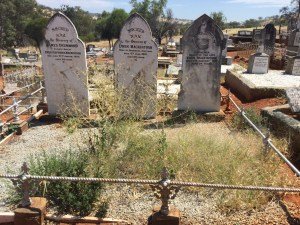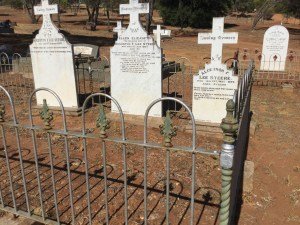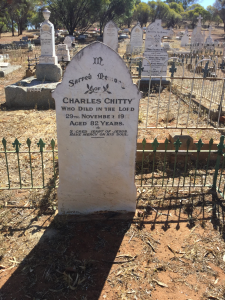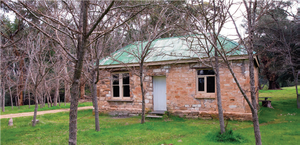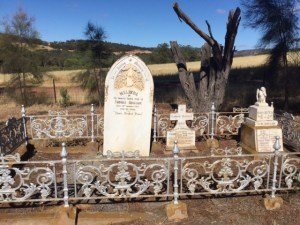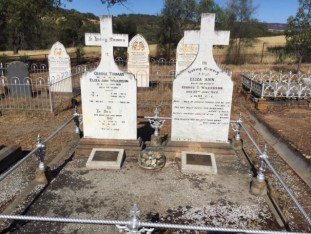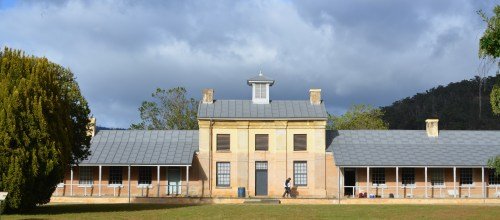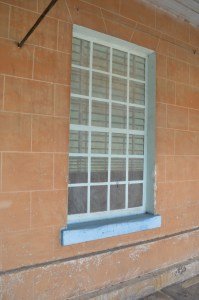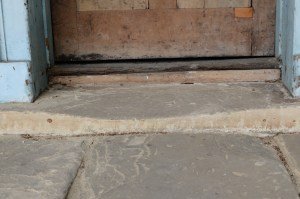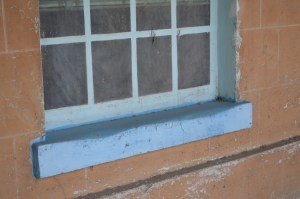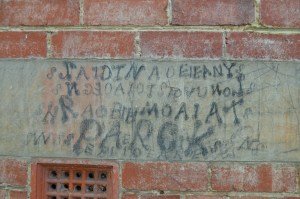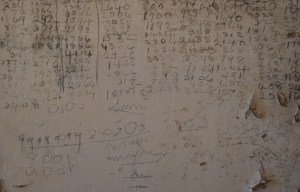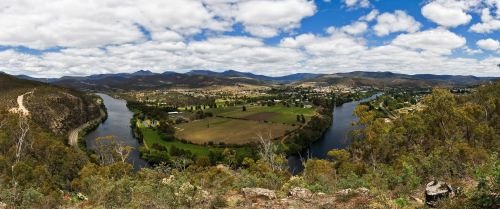Landscape near Port Augusta
By Christine Adams, Graduate Diploma in Archaeology and Cultural Heritage Management student
As part of my directed study I travelled to Port Augusta to meet the Nukunu community and conduct an oral history interview with two Nukunu men, Doug Turner and Darcy Evans. I took some notes and had permission to record the interview so that I can write up a transcript. Through communicating with Nukunu and visiting sites in their country, I had the opportunity to learn more about their culture.
I learned through the oral history interviews about the Wirrabara and Bundaleer forests, which are both part of Nukunu country. Wirrabara comes from the Nukunu words ‘wirra’ and ‘burra’, and translates as red gum creek. They believe that a spirit made the Wirrabara creek bed and that another spirit made the water; the Nukunu conduct ceremonies to honour these spirits. I learnt that the area had fertile vegetation until the land was cleared. Unfortunately, some cultural sites were destroyed when the land was cleared and some of the Nukunu were driven off their lands and placed on reserves or killed. Later, some of this land was used to plant the Bundaleer and Wirrabara forests. Despite this, the Nukunu still have a strong connection to Country and pass on their knowledge to younger generations. The significance of archaeological sites and cultural landscapes to the Nukunu is demonstrated when those who have felt disconnected spiritually are taken out to their Country, and end up feeling better when re-connecting with their heritage and the broader cultural landscape. There are also some important song-lines connected to the Dreaming on Nukunu lands, and these are also significant to other Indigenous Australian groups.
My industry partner, Kylie Lower of Blackwood Heritage Consulting Pty Ltd, contacted the Department of State Development, Aboriginal Affairs and Reconciliation division (AAR), to access information on Indigenous sites within a ten-kilometre buffer zone of the Wirrabara and Bundaleer Forests. It is also possible that there are sites within this area that AAR are not aware of, due both to cultural sensitivities and the fact that only parts of the forests have been surveyed. Kylie and I also created a preliminary map of the study area on ArcGIS and will be undertaking further mapping in the future.

 and 20th century pharmaceutical products and paraphernalia. I had not previously considered that an institution such as a pharmaceutical society would own such an extensive collection, which changed my perspective in relation to the scope of collection-holders.
and 20th century pharmaceutical products and paraphernalia. I had not previously considered that an institution such as a pharmaceutical society would own such an extensive collection, which changed my perspective in relation to the scope of collection-holders.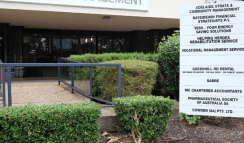 ew topic area personally, the PSSA project will be the most extensive ongoing cultural heritage archaeological volunteer work I have been involved in to date and will provide a great opportunity for skills and knowledge development.
ew topic area personally, the PSSA project will be the most extensive ongoing cultural heritage archaeological volunteer work I have been involved in to date and will provide a great opportunity for skills and knowledge development.